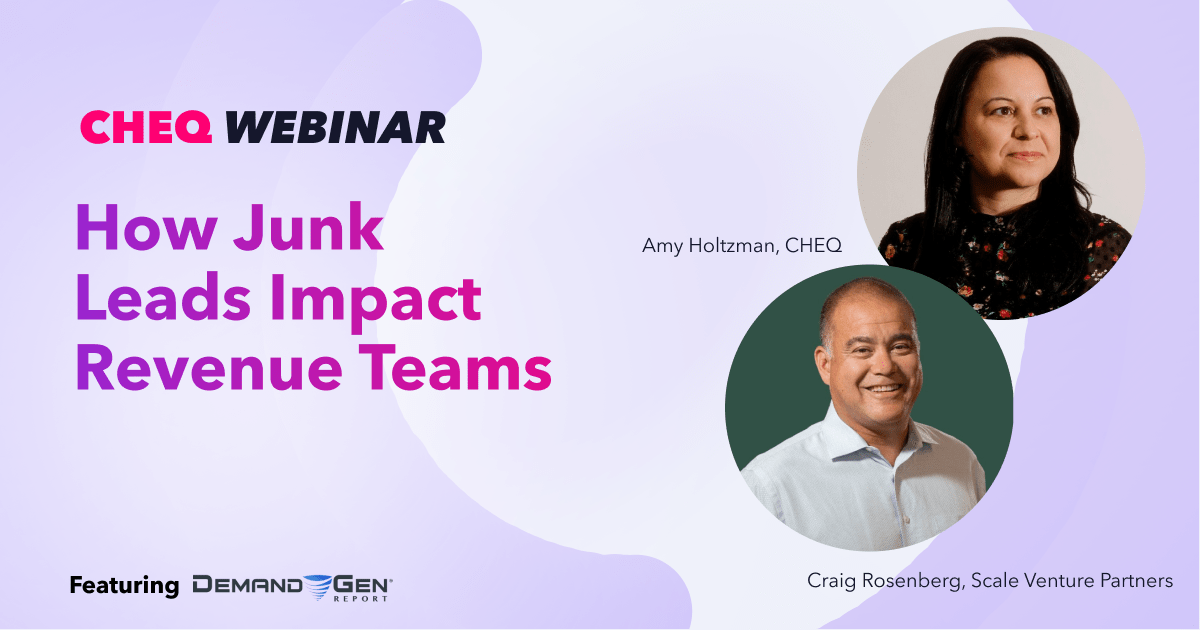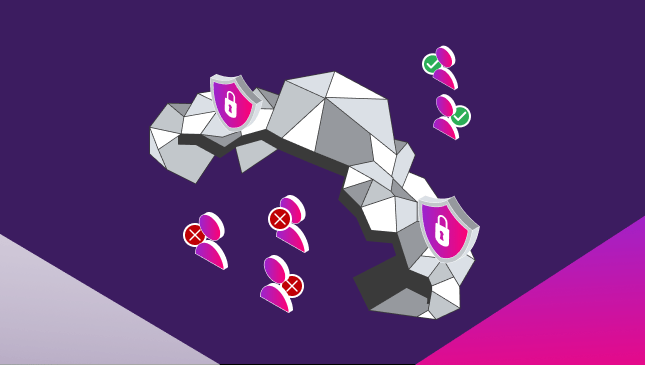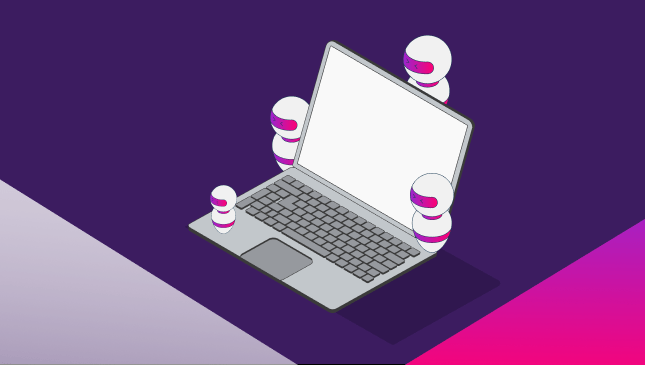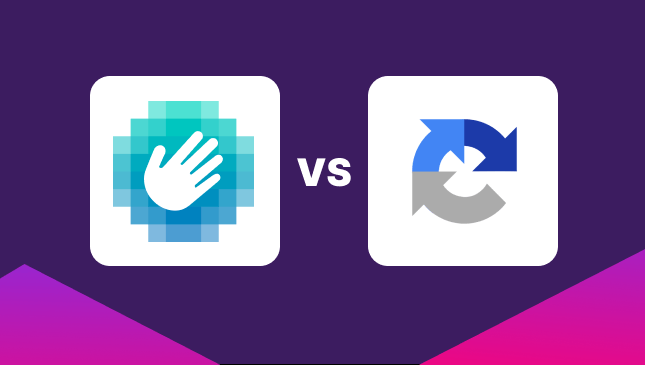All About Facebook Ad Fraud: What Makes Meta a Safe Platform?
Oli Lynch
|Marketing | July 27, 2021

Facebook has firmly established itself not just as the biggest social media network but also as a formidable way to spread your advertising message.
But as fake clicks and ad fraud continue to pose a growing menace, Facebook finds itself facing a significant challenge. The good news is that the platform is actively working on finding effective solutions to tackle this problem head-on. The aim is to remain a reliable advertising network for its advertisers.
Running ads on Facebook is nothing new, with the company also owning another social media behemoth, Instagram. So, if you plan on running an ad or marketing campaign on social media, you’re probably considering one of Facebook’s offerings through their Meta Business Suite.
With that in mind, understanding how your Facebook ad can be affected by ad fraud, or click fraud, is an important step in avoiding and minimizing your exposure to it.
How does ad fraud on Facebook work?
In much the same way that other online advertising can be defrauded, so can Facebook. In August 2019, Facebook actually sued two Asian-based software developers for ad fraud on the Audience Network. It’s alleged that the two app developers, LionMobi and JediMobi, both created apps that were infected with malware. Once installed, the malware would then perform a click injection attack or flood fake clicks on Facebook ads, which would pay out to the advertisers.
Facebook’s Audience Network is a display ad platform, not unlike Google’s display ads. What this means is that external websites and mobile apps can sign up to display ads from Facebook. If a visitor then clicks on these ads, the site or app owner will receive payment for hosting the ad.
You might also be aware of the problem of scam ads on Facebook, and yes, there are plenty of Facebook fraudsters. But it’s worth noting that this is a different kind of fraud. These genuine adverts have been created to defraud potential customers, often relating to cryptocurrency or suspect products like diet pills – and you’ll find plenty of people who have been scammed by fake Facebook ads.
So when we talk about ad fraud on Facebook, we refer to the process where fraudsters with malicious intent drive fake engagements on paid ads. This way, advertisers not only spend their budgets ineffectively but also see irrelevant data in their marketing stats.
The most common types of Facebook ad fraud
Although the example of the fraudulent app developers is quite alarming, in fact, the majority of Facebook click fraud comes in the form of more general fake clicks or invalid clicks. These are most likely to be clicks from:
- Bot Traffic, which is automated traffic coming from bots or botnets
- Click farms, designed to drive up the popularity and traffic of pages and sites
- Competitors looking to deplete your advertising budget
- Invalid/accidental clicks coming from non-interested parties, such as people just browsing or accidentally clicking on your ad
Bot Traffic
Put very simply, bot traffic is any non-human automated traffic that goes through your ad. Frustratingly, bot traffic does still count as a click, even though there is no chance of a sale or interaction from it. These bots can be anything from scrapers amassing information from across the web to viruses, malware, social bots, or any other automated process. It’s estimated that around half of all internet traffic is of the automated variety!
Click Farms
The click farm can be either a group of people hired to click on ads or social media profiles or an automated setup. Yes, they do exist, normally in low-income countries such as Bangladesh or the Philippines.
People can buy clicks online for whatever purpose they need, from driving up traffic on a website to getting more followers or likes. These purchases tend to go through click farms.
Competitors
The one thing about a PPC advertising campaign is that it can soon add up, and if you’ve set your budget correctly, your ad will stop at a certain level. Competitors know this and play games with your ad, clicking on it multiple times to maximize your ad budget.
In fact, competitor click fraud is one of the most damaging (and alarmingly common) forms of PPC fraud on all ad platforms.
Invalid/accidental clicks
This refers to any click on your ad that is unintentional. It might be from people not paying attention to what they click on or from a shared post that attracts random traffic on Instagram or Facebook.
Are Facebook ads safe?
With the rising significance of the topics of click fraud and ad fraud, Facebook is becoming more and more active in combating it from its platforms.
Facebook has declared that they are taking ‘steps to reduce the risk of abuse from invalid clicks.’ As an advertising platform, their end goal will remain to help advertisers improve their ad performances. According to this statement, Facebook won’t charge you for any clicks that are determined to be invalid.
In one instance, Facebook sued a company that was selling fake likes on its Instagram platform. They also appear to be making an effort to remove spam and scam pages or those that have been identified as having inauthentic behavior.
So, Facebook is doing its bit to protect its users and advertisers from fake activity. But what can you do on your end to avoid click fraud on your ads? That’s exactly what we’re about to explore below, so keep reading if you want to protect your Facebook ads and budget.
How can you avoid ad fraud?
In terms of actions that you can take in your hands when it comes to protecting from fake activity in your ads, you can consider the following:
Pay attention when setting up your ad
It’s very easy to set up a Facebook ad and also very easy to do it wrong. It’s highly recommended you take a look at Meta’s own documentation and tutorials about setting up an ad online to make sure you target the correct demographic and general audience.
The first defense against problems with your Facebook ads is doing it right!
Choose your audience wisely
When setting up your Facebook ad, you have an incredible amount of control over who sees your ad and where. From age ranges, job types, geographic locations, interests… This is one of the best things about using Meta for your advertising.
With this in mind, it can be tempting to go for the broadest possible canvas and watch those customers come rolling in. However, it pays to be a bit more cautious, especially when starting out. It’s easier to track invalid traffic when you have your audience narrowed down.
Study your customer personas, work out who best to target, as well as the when and where. This will help you avoid fraudulent traffic considerably.
Pay attention to traffic coming from Audience Network
As we’ve already seen in this article, Audience Network does mean that your ad is displayed on partner sites and apps. It’s an effective tool for your ad to reach a wider audience that can’t necessarily be reached through the Meta platforms themselves.
Audience Network does offer a very interesting way of getting your message out there, with a range of options to display your ad. From traditional banner ads to reward videos, there is no doubt that they can be effective.
However, it’s also a very easy tool for ad fraud networks to use too. Through malware installed on their apps or by using click farms, they drive fake traffic on ads displayed on their websites or apps that are part of the audience network. This way, they inflate their numbers and ultimately earn more money from these ads.
So it’s definitely not a tool that you want to skip in order to use the platform to its full potential, but be aware to keep an eye on your ‘Audience Network’ traffic.
Blocking users and locations
As well as choosing specific demographics and locations, you can also block certain hotspots or user profiles from viewing your ad. You might want to pre-emptively block traffic from some countries such as Pakistan, Nigeria, or Venezuela, but then what about the authentic traffic from these sources? You might also be a business based in those countries or targeting those markets, so this might not be your best option.
What you can do is monitor traffic and activity through Google Analytics or any other website trackers. If you spot multiple visits from certain IP addresses or a particularly high traffic flow from non-standard locations, then you can add these to your block list.
Using a click fraud protection package
Identifying fraudulent traffic is one thing, but avoiding it from happening in the first instance is another. That’s why using an ad fraud protection tool is the most effective way to keep your ads safe from fraudulent activity.
Having a platform partner to fight against this challenge will not just detect fake traffic but will also block it from engaging with your paid ads.
CHEQ is a trusted partner to over 15,000 customers across all industries, protecting their paid advertising and website from harmful traffic. The Facebook Ad protection tool by CHEQ Essentials is designed with the goal of ensuring that your Facebook ad budget is used for genuine users only.
For this reason, the rules above for avoiding bad Facebook traffic are so important.
In conclusion
Aside from Google, Facebook is one of the biggest and best advertising platforms available. For boosting your brand visibility or getting more engagement with a product or service, it’s close to unbeatable, especially when you consider that Instagram, Facebook Messenger, and the Audience Network can all maximize your ad reach.
If you are using any of them for your advertising, click fraud is still a big problem and one that is only getting bigger. If you want to stay in full control of your ad spend and be assured that it’s seen only by REAL people who are potential customers, CHEQ Essentials is a wise investment.










